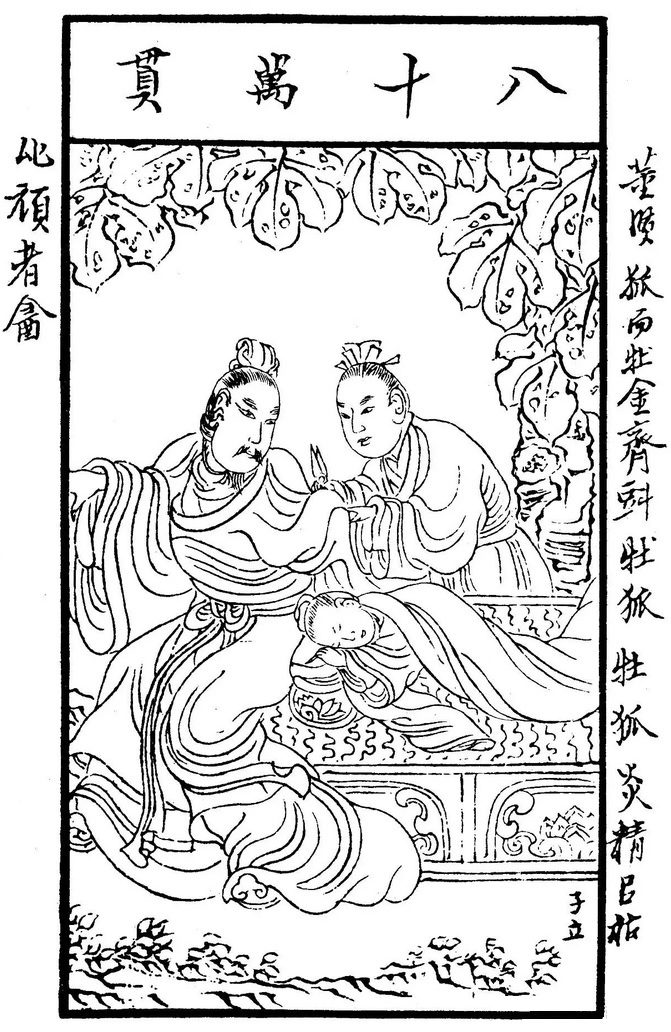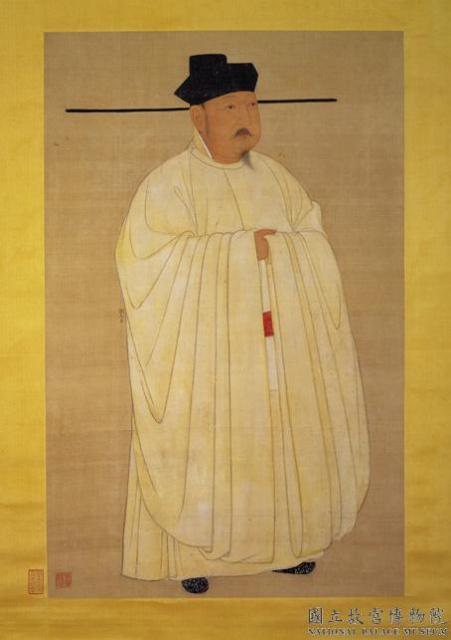The Passion of the Cut Sleeve: Homosexuality in Ancient China
The Passion of the Cut Sleeve is an Ancient Chinese story depicting homosexual love and desire. So what’s the story and why is it so important?
Homosexuality is not a new phenomenon or a ‘western’ invention. Since human beings have existed, homosexuality has been present.
The Ancient Greeks and Romans have their tales involving homosexual relationships. Similarly, the Ancient Chinese stories also depict themes of same-sex love between the rulers and their ‘favourites’ (lovers.)
????
“The Passion of the Cut Sleeve”
This tale tells the story of the second to last Emperor of the Eastern Han Dynasty, Emperor Ai (???) (27BC – 1BC) and his lover, Dong Xian (??).
The story, told in ‘The Book of Han’, describes how the Emperor Ai loved his companion Don Xian. One day the couple took a nap together. When the Emperor woke up he realised his lover had fallen asleep on the sleeve of his robe.
The Emperor didn’t want to wake the peaceful Dong Xian. Therefore he cut the sleeve from his robe so as not to disturb him and left the room silently.
The phrase ‘the passion of the cut sleeve’ (‘????’ / duàn xiù zh? p?) is now often used to refer to homosexuality, more explicitly, male same-sex love in Chinese culture.

Why is this story so important?
Whilst we can’t understand much about ancient practices of homosexuality, or how tolerated non-heterosexual sexualities were from this story, it does point to some interesting facts.
Homosexuality, or same-sex love existed in Ancient China. Countering the narrative that homosexuality is a “western import” or “un-Chinese”, stories like this prove that homosexuality and other forms of sexuality existed throughout Chinese history.
How homosexuality was viewed and treated isn’t entirely clear. But these stories are so important in helping us archive a queer history – one which is normally erased from the history books.
We don’t have enough evidence to understand exactly how homosexuality was viewed in Ancient Chinese cultures, but it is clear that it wasn’t stigmatised in the same way as it is today. When reading these stories we shouldn’t assume that homosexuality and heterosexuality was understood as it is today. We also need to be careful not to romanticise a particular time, place or culture by assuming that it was a nirvana for queer people.









